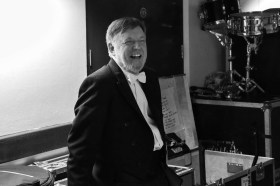Secretary of State for Culture, Media and Sport (DCMS), Tessa Jowell, recently spoke at the Culture and Creativity conference organised by the National Campaign for the Arts (NCA) – part of an ongoing campaign by the NCA to introduce the arts as a learning tool across the education curriculum. Jowell highlighted the extra £75 million allocated for the arts in England, and initiatives like Creative Partnerships, as examples of the government’s commitment to culture and creavity for young people.
Thank you to the NCA and NESTA for inviting me here today. I can’t think of a better place to discuss culture and creativity than the British Museum. It is a repository of the human race’s collective memory. A compass for our collective identity.




